1. The Collapse of the Rana Plaza Factory

The stories of human advancement are often marked by painful lessons, where catastrophic failures illuminate dangerous oversights we never knew existed. These moments, tragic as they are, become pivotal turning points that force us to stop, re-examine, and fundamentally rewrite the rules that keep us safe.
In 2013, the collapse of the Rana Plaza building in Bangladesh, which housed multiple garment factories, killed over 1,100 people and injured thousands. The building had been constructed with structural defects and illegally converted to support heavy machinery, with workers forced to return despite visible cracks the day before. This tragedy triggered an unprecedented global movement for supply chain safety. It resulted in the Accord on Fire and Building Safety in Bangladesh, a legally binding agreement between global brands and trade unions to inspect and remediate factories, profoundly changing the oversight of safety in the worldwide garment industry.
2. The Triangle Shirtwaist Factory Fire
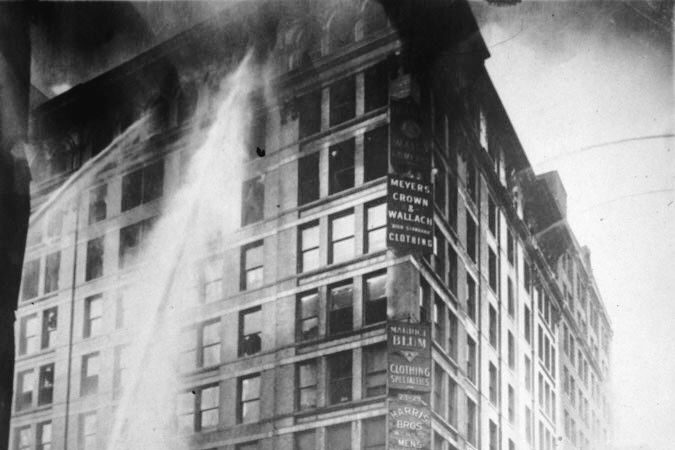
In 1911, this devastating New York City factory fire killed 146 garment workers, mostly young immigrant women, many of whom were trapped because factory owners had locked exit doors to prevent theft and unauthorized breaks. The tragedy galvanized public outcry and led directly to the formation of the New York State Factory Investigating Commission. This commission eventually produced 38 new laws addressing fire safety, adequate exits, fire escapes, fire suppression systems, and child labor laws, becoming a major catalyst for the US labor movement and the creation of modern workplace safety regulations.
3. The Great Fire of London
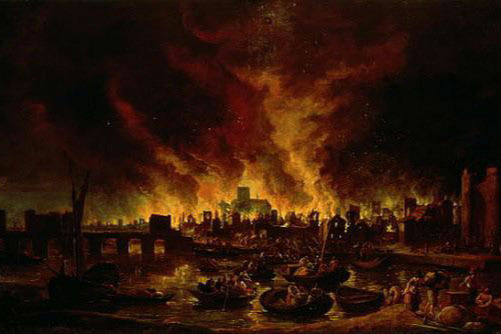
The 1666 Great Fire of London, which destroyed over 80,000 homes and numerous public buildings, dramatically reshaped urban building codes. The sheer scale of the destruction was attributed to the city’s dense, timber-framed buildings and narrow streets. In the aftermath, Parliament passed the Rebuilding of London Act, which strictly mandated the use of fire-resistant materials like brick and stone for new constructions. It also established minimum street widths and required the clearing of overhanging jetties, fundamentally changing city planning and fire prevention for centuries to come.
4. The Chernobyl Disaster: Nuclear Safety Culture
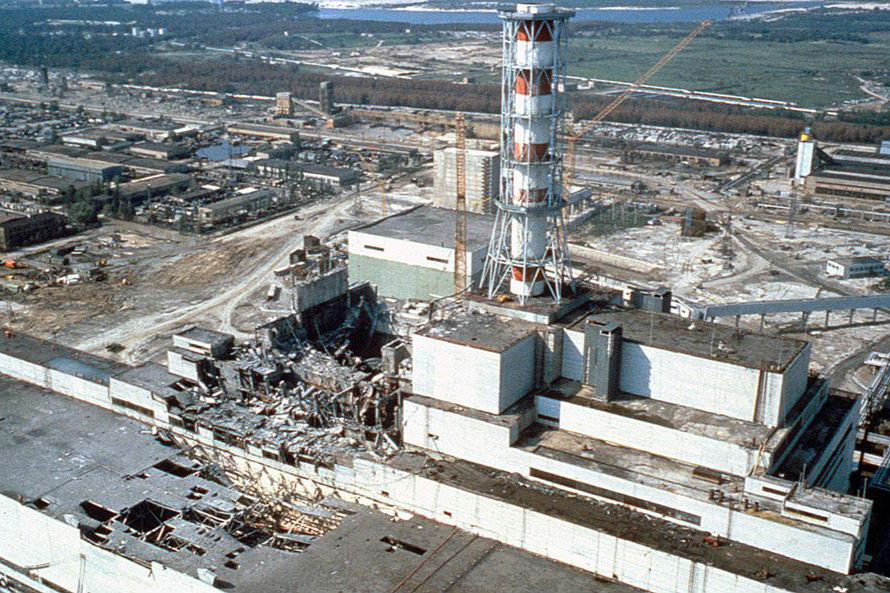
The catastrophic 1986 explosion at the Chernobyl nuclear power plant in the Soviet Union resulted in the worst nuclear accident in history, releasing vast amounts of radioactive material across Europe. Beyond immediate design flaws, the investigation highlighted a failure in institutional safety culture. In response, the International Atomic Energy Agency (IAEA) intensified international cooperation, adopted several new legal instruments on nuclear safety, and heavily promoted the concept of a “safety culture”, a management and operations philosophy focused on constant vigilance, rigorous training, and a deep commitment to safety at every level of a nuclear facility.
5. The TWA Flight 800 Explosion: Inerting Fuel Tanks

In 1996, TWA Flight 800 exploded over the Atlantic Ocean, just 12 minutes after takeoff, killing all 230 people on board. The investigation determined the likely cause was a spark igniting the volatile fuel-air mixture in a partially empty center wing fuel tank. This finding led to the development and implementation of the Fuel Tank Flammability Reduction (FTFR) Rule by the FAA. This rule mandated the installation of nitrogen-inerting systems in the fuel tanks of many large passenger aircraft, replacing flammable oxygen with inert nitrogen to prevent similar explosions from ever happening again.
6. The Iroquois Theatre Fire
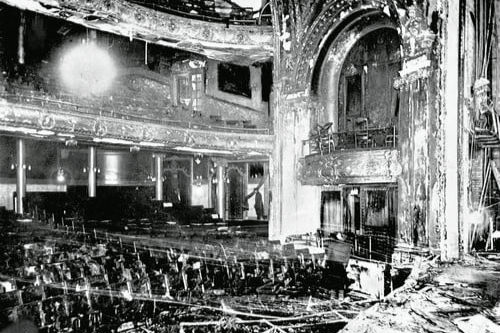
The 1903 Iroquois Theatre fire in Chicago claimed over 600 lives, largely due to blocked exits, doors that opened inward, and a lack of clear exit signs. Though the fire itself was small, the ensuing panic was deadly. This tragedy prompted sweeping changes to building codes across the US, specifically targeting public venues. Regulations were swiftly enacted to require that all theater doors open outward, that a sufficient number of unlocked emergency exits be clearly marked and easily accessible, and that fire curtains be made of non-flammable material, all of which are now standard in public assembly spaces globally.
7. The New London School Explosion
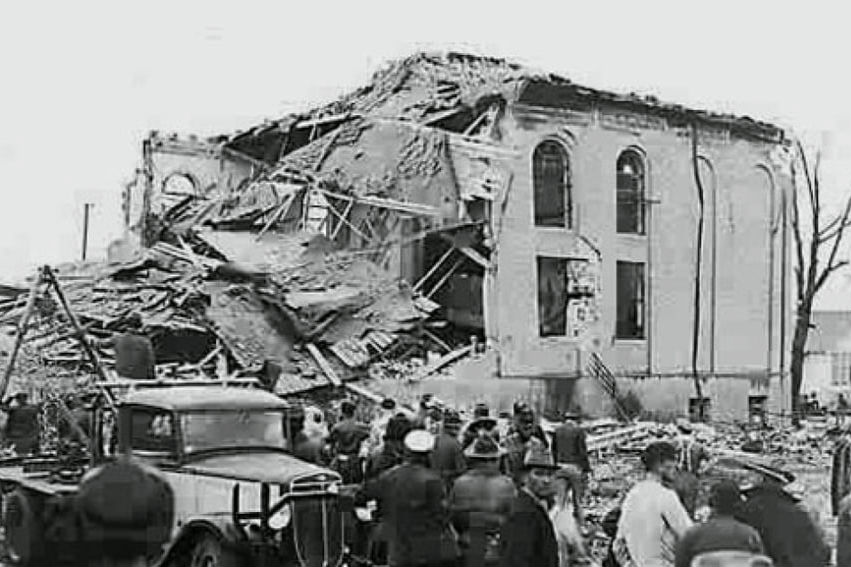
In 1937, a massive explosion, caused by an odorless natural gas leak, destroyed the New London School in Texas, killing nearly 300 students and teachers. At the time, natural gas was supplied without any added scent. This horrific incident directly led to legislation in Texas, and eventually across the United States, mandating that utility companies add an odorant (a chemical like methanethiol) to all natural gas, giving it the distinctive smell of rotten eggs to make leaks easily detectable by the public.
8. The Bhopal Gas Tragedy
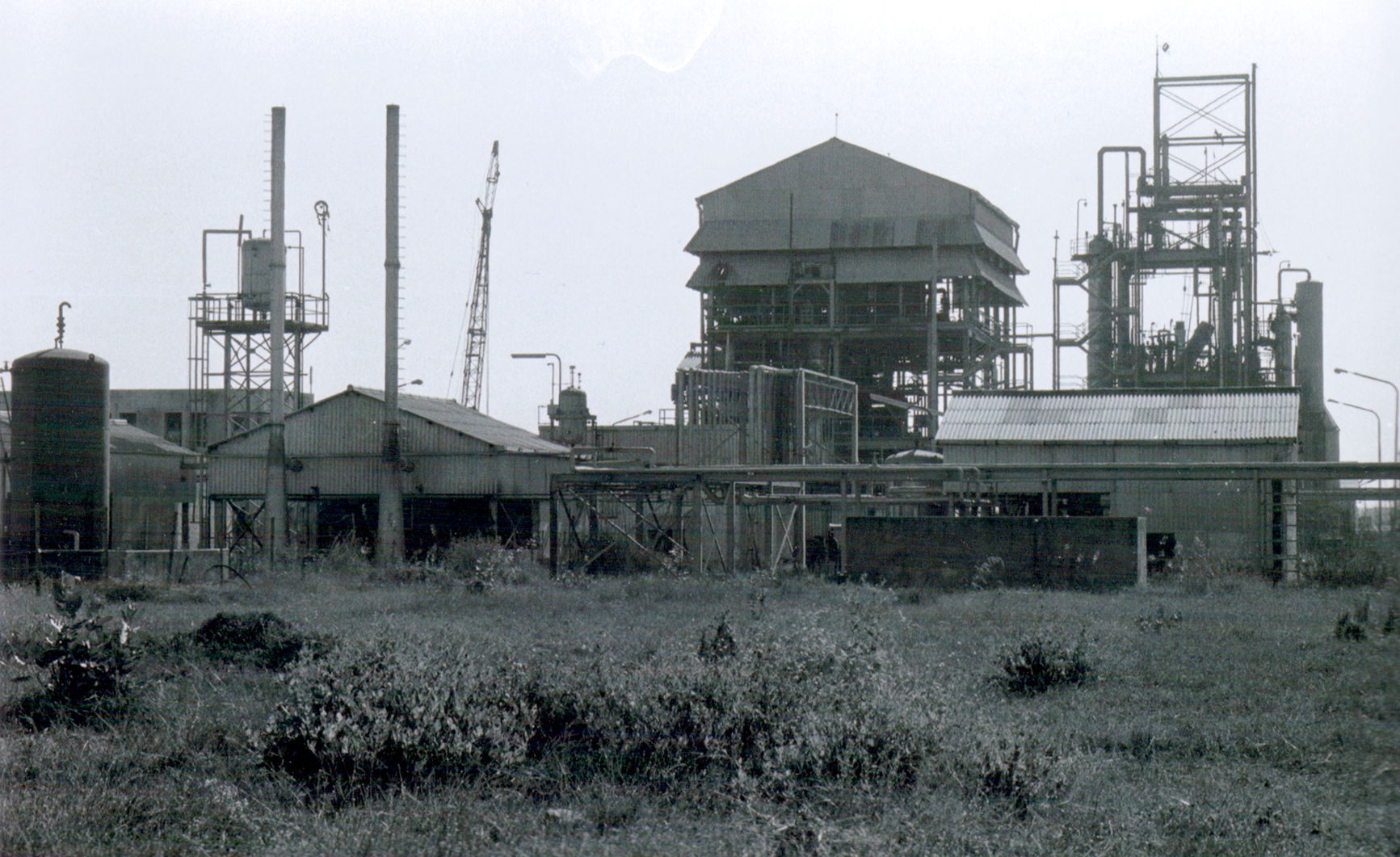
The 1984 toxic gas leak at a Union Carbide pesticide plant in Bhopal, India, is one of the world’s worst industrial disasters, killing thousands immediately and causing long-term health problems for hundreds of thousands more. The disaster highlighted glaring deficiencies in industrial safety standards, maintenance, and emergency planning in a densely populated area. It led to the passing of India’s Environmental (Protection) Act of 1986 and the Manufacture, Storage and Import of Hazardous Chemical Rules (1989), which strictly govern the location, operation, and crisis management of hazardous industries, forcing a global rethink on corporate responsibility and plant siting near residential areas.
9. The Challenger Space Shuttle Disaster

The 1986 explosion of the Space Shuttle Challenger shortly after launch, which killed all seven crew members, was traced to the failure of an O-ring seal on a solid rocket booster in unusually cold temperatures. The subsequent investigation revealed a catastrophic breakdown in decision-making, where engineers’ warnings about the seals were dismissed by management focused on launch schedules. This disaster led NASA to completely restructure its safety and communication protocols, establishing an independent safety oversight office and ensuring that dissenting technical opinions are given full consideration before critical missions.
10. The Titanic Sinking
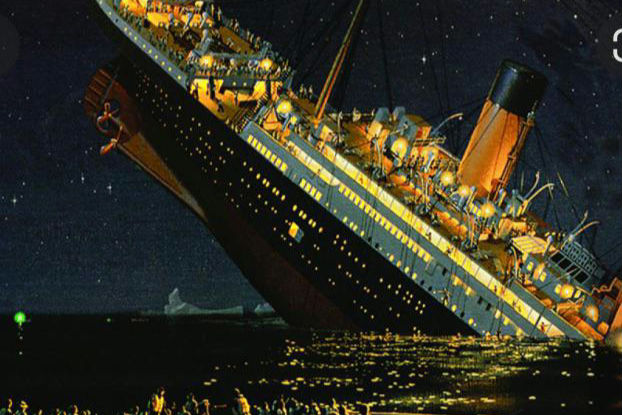
The “unsinkable” RMS Titanic’s loss in 1912 exposed a critical gap in maritime law, as the ship carried lifeboats for only about a third of its total capacity. This was, ironically, in compliance with outdated regulations based on ship tonnage, not passenger count. The disaster led to the 1914 establishment of the International Convention for the Safety of Life at Sea (SOLAS), a comprehensive treaty that mandated sufficient lifeboat capacity for all persons aboard, constant radio watch, and specific standards for ship design and construction, forming the bedrock of modern maritime safety.
11. The Apollo 1 Fire

In 1967, a flash fire during a launch rehearsal for the Apollo 1 mission killed three astronauts on the pad. The fire spread rapidly due to the cabin’s pure oxygen atmosphere and flammable materials used in the cockpit. The resulting investigation prompted a wholesale redesign of the Apollo command module. NASA switched to a nitrogen/oxygen mixture for pre-launch operations and mandated the removal of all flammable materials from the cabin environment, fundamentally changing the safety protocols and design standards for all subsequent crewed spaceflight programs.
12. The Piper Alpha Disaster
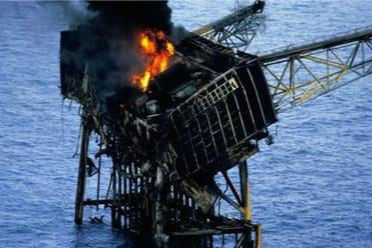
The 1988 explosion and subsequent inferno on the Piper Alpha oil and gas production platform in the North Sea killed 167 men. The disaster was caused by a combination of maintenance failures, inadequate handover procedures, and a breakdown in the platform’s Permit-to-Work (PTW) system. The resulting Cullen Inquiry led to radical changes in UK offshore safety legislation, shifting the responsibility for safety from the government to the platform operators, and mandating rigorous, documented PTW systems to prevent conflicting or unsafe maintenance work.
13. The Great Chicago Fire
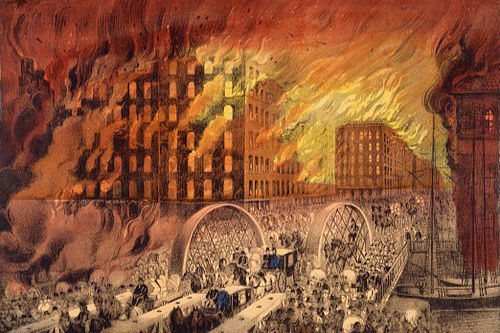
Although the 1871 fire’s exact cause remains debated, its devastating sweep across the city highlighted the inadequacy of municipal water systems and firefighting equipment. Much like London’s earlier experience, the fire led to strict new codes mandating brick and stone construction over wood. Crucially, it forced the city to invest heavily in modernized, decentralized water pumping stations and better fire hydrants, improving resilience and changing how municipal water infrastructure is designed for fire suppression.
14. The Sinking of the SS Eastland
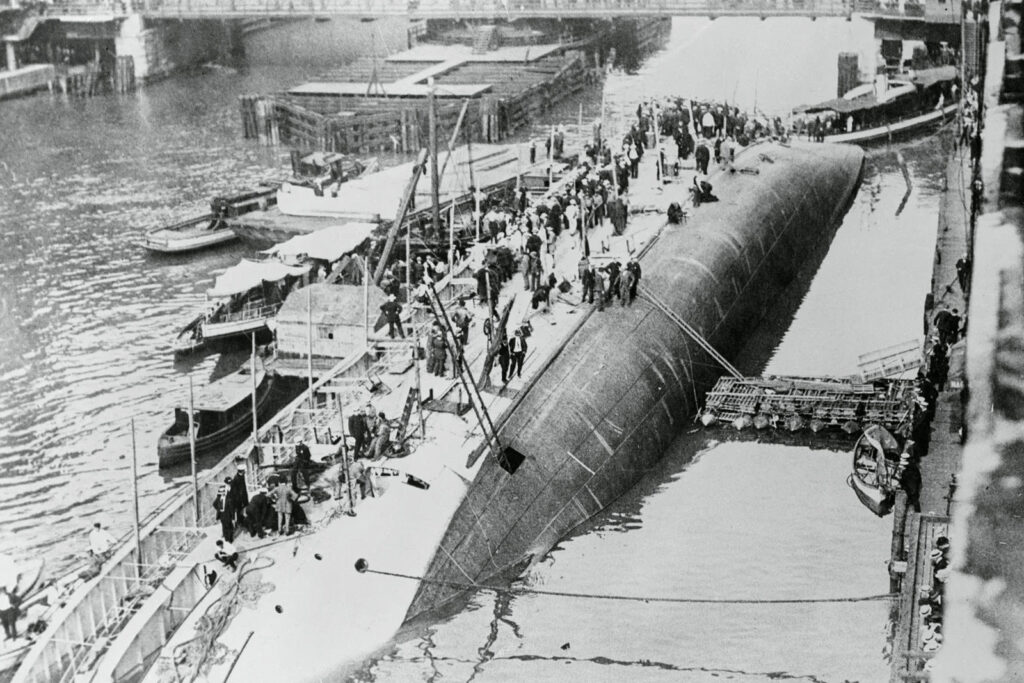
The SS Eastland capsized while tied to a dock in the Chicago River in 1915, killing 844 passengers and crew. The ship was inherently unstable, made worse by modifications like lifeboats added after the Titanic disaster and heavy concrete added to its lower decks. This tragedy forced naval architects and regulators to focus heavily on ship stability calculations and the impact of modifications on a vessel’s center of gravity. It led to more stringent, scientific requirements for vessel design, stability tests, and load limits for passenger ships.
15. The Asbestos Health Crisis

While not a single event, the slow-motion disaster of asbestos-related diseases like mesothelioma, which became widely recognized in the mid-to-late 20th century, profoundly altered building and industrial safety. Decades of unmanaged exposure led to countless deaths, forcing governments worldwide to impose strict regulations, and in many cases, outright bans, on the use of asbestos in construction and manufacturing. It established a precedent for regulating previously accepted industrial materials based on long-term public and occupational health risks.
It is a sobering truth that our greatest leaps in safety often come at the steepest price. These fifteen disasters serve as stark reminders that regulations are not born of convenience, but are etched in history by the lives tragically lost. They represent humanity’s collective promise to learn from the past and strive for a safer future, a commitment that demands constant vigilance even today.
This story 15 Disasters That Rewrote the Rules of Safety was first published on Daily FETCH


